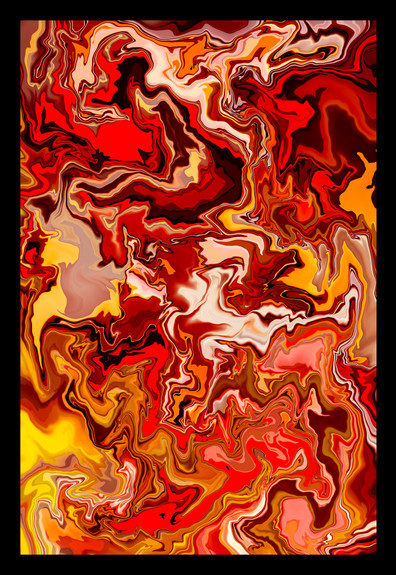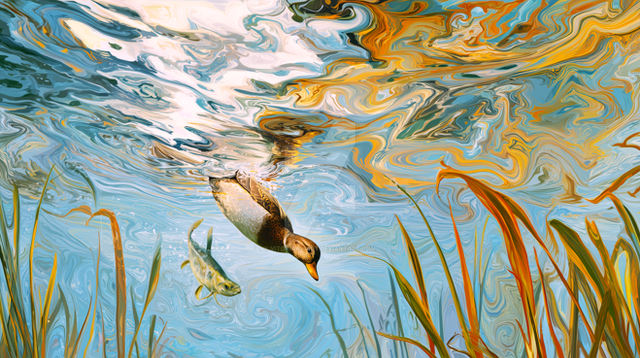HOME | DD
 morphapoph — Xform Movement in Animations
morphapoph — Xform Movement in Animations

Published: 2010-10-02 04:37:29 +0000 UTC; Views: 267; Favourites: 0; Downloads: 6
Redirect to original
Description
Flame animations are made with gradual changes in parameter values resulting in slightly different flames which are then saved as animation frames.In a simple "rotation" animation each triangle is rotated, but the rotation is around the "O" point on the triangle that you see in the Transform Editor. The "O" point of the triangle never changes in that type of animation.
Apophymator produces an "interpolated" animation using a series of flames for keyframes.
This type of animation also gradually changes parameter values to create the frames.
The difference in the interpolated animation is that all of the parameter values of one flame become all of the parameter values of the next flame.
Rotation animations require only one flame. Interpolated animations require two or more flames.
The image you see here is a "map" of the travel of a single triangle over the course of an entire animation.
The flame file in the zip file you can download will allow you to see exactly how that movement occurs.
The flame file has 360 transforms so you MUST use the 7X version of Apo that allows for up to 500 transforms ("Apophysis7X-t500.exe") to open the flame.
After you've opened the flame, go to the Transform Editor.
You'll probably want to set the dropdown box to transform #1. Then go to the number pad on your keyboard and hold down the + key. (Use either the + or - keys depending on whether you want to go forward or backward along the triangle's path.)
That should give you a fair view of the travel of the transform, even though it may be somewhat difficult to see. Also: this may not work on slower computers. On my P4 system I have to repeatedly tap the + key for each change otherwise lots of transforms don't get highlighted so you don't see the motion.
On my newer core i7 computer, I can just hold the + key down and every transform gets displayed.
If it's working right you should see the triangle's position changing very smoothly.
(Also note that you should disregard the flame image itself. A flame image is there, but it's not really relevant to what I'm trying to show.)
I was hoping this presentation would help people get some insight into interpolated flame animations.
I plan to do a series of images/flames like this that will represent the various movements produced according to the choices made in the Apophymator input dialogs.
Related content
Comments: 1

Thanks, I am just learning. I do appreciate your contributions. I look forward to getting to the point I can use this. Right now I am just working on getting the basics down.
👍: 0 ⏩: 0

























